Kanban Project Management for Technical Project Managers
7 min read

Let’s start with a scenario every technical project manager can relate to. You’re standing in front of your team, fielding questions like a pro, tracking a dozen moving parts, and trying to hit deadlines that feel like they’re breathing down your neck.
Sound familiar?
Now imagine if you had a tool that not only keeps you on top of your game but also helps your team work smarter, not harder. This is where Kanban is useful.
How?
Let’s see.
What is Kanban?
Imagine walking into a room and seeing a giant board that spells out exactly what everyone is working on, where things are stuck, and what’s done. That’s Kanban in a nutshell. It’s a visual way to manage your workflow and get a handle on what’s really going on. It’s a straightforward, no-nonsense system to bring order to the chaos and make your project management journey a whole lot smoother.
Kanban (a Japanese word for "signboard") started in manufacturing but quickly became the go-to method for software teams, IT operations, and just about anyone who loves clarity and efficiency. The magic lies in three simple principles:
Visualize your work: Know what’s happening at a glance.

Limit work in progress (WIP): Don’t bite off more than you can chew.
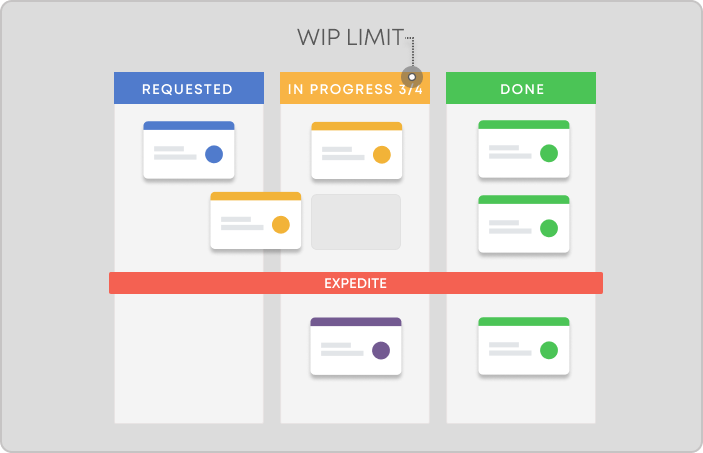
Continuously improve: Tweak, adjust, and get better every day.
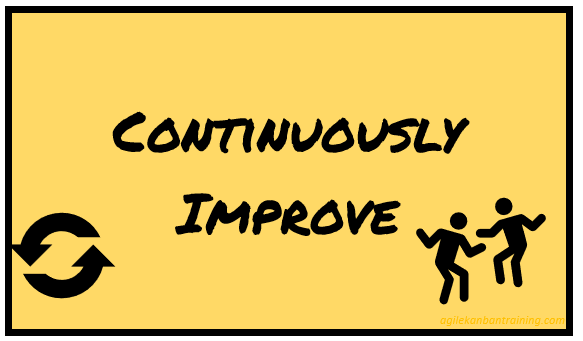
Sounds good, right? Let’s dig into why Kanban works so well, especially for technical project managers.

Experience seamless reviews and valuable retrospectives with the Middleware Jira Plugin. Gain instant insights into your software engineering productivity directly within Jira—no more waiting hours! Streamline your workflow and access all the data you need in just seconds, with our Jira plugin available on the Atlassian Marketplace.
Why do Technical Project Managers Love Kanban for Project Management?

Transparency at Its Best: Ever had someone ask, "What’s the status of X?" for the millionth time? With a Kanban board, they can just look and see for themselves. No need to chase people for updates.
Focus, Focus, Focus: Limiting WIP means your team isn’t stretched thin trying to do everything at once. And guess what? They’ll do better work because of it.
Adaptability: Things change — a lot. Kanban is like that friend who’s cool with last-minute plans. It doesn’t lock you into rigid schedules, so you can pivot when you need to.
Steady Progress: Instead of big sprints followed by burnout, Kanban’s all about keeping the work flowing steadily. It’s sustainable and way less stressful.
It Scales: Whether you’re leading a small team or managing a huge enterprise project, Kanban can handle it all without breaking a sweat.
Also read: Data-Driven Decision-Making: Leveraging Sprint Metrics for Strategic Insights
How to Start Using Kanban?
Ready to give Kanban a shot? Here’s how you can ease into it:

Map Your Workflow:
Think about your project’s stages: Ideas, In Progress, Testing, Done — whatever fits your process.
Create a board (physical or digital) with these stages as columns.
Set WIP Limits:
- Decide how much your team can handle at once and stick to it. For example, only 3 tasks in the In Progress column at a time.
Add Tasks as Cards:
- Break down your work into bite-sized tasks. Write a clear description, assign it to someone, and slap a deadline on it if needed.
Monitor the Flow:
- Check your board daily to see where things are moving smoothly and where they’re stuck. Address the bottlenecks early.
Measure and Improve:
- Look at metrics like lead time (how long it takes to finish a task) to spot inefficiencies. Make tweaks and celebrate those wins.
Also read: What is Agile Methodology? Exploring Agile Frameworks for Technical Project Managers
Kanban vs. Scrum: A Quick Comparison
| Feature | Kanban | Scrum |
| Workflow | Continuous flow of tasks | Time-boxed sprints |
| Flexibility | Highly adaptable to changes | Best for stable, predefined goals |
| Roles | No predefined roles | Defined roles (Scrum Master, Product Owner) |
| Ceremonies | None mandatory | Includes sprint planning, reviews, and retrospectives |
| WIP Management | Work-in-progress (WIP) limits to control flow | Focus on sprint backlog for each iteration |
| Deliverables | Incremental delivery as tasks are completed | Deliverables at the end of each sprint |
| Metrics | Lead time and cycle time for task tracking | Velocity and burndown charts for progress |
| Best For | Teams needing flexibility and ongoing delivery | Teams working on time-bound, well-defined projects |
| Tools | Trello, Middleware, Azure DevOps | Jira, Scrum-specific tools like Rally |
If you’re already using Scrum, you might wonder, "Do I need Kanban?" Here’s the deal:
Kanban:
Perfect for teams that need flexibility and continuous delivery.
No rigid roles or rituals.
Focuses on a steady flow of work. Tasks flow through the board naturally based on capacity, without time-boxing.
Scrum:
Great for teams with well-defined deliverables and time-boxed goals.
Comes with predefined roles (Scrum Master, Product Owner) and regular ceremonies, like daily stand-ups, sprint planning, and retrospectives.
Works in sprints, so progress is chunked and reviewed at the end of each cycle.
Bottom line: If your projects are more dynamic and need room to breathe, Kanban might be the better fit. Scrum, on the other hand, shines when you have clear milestones and deliverables.
Overcoming Common Kanban Challenges

Kanban isn’t all rainbows and unicorns. Here are some hiccups you might hit and how to handle them:
Overloaded Columns:
- When everything piles up in In Progress, it’s a sign to enforce your WIP limits harder. Dig into why the bottleneck exists and fix it.
Ambiguous Tasks:
- Make sure every card has clear details. A vague task like “Fix the server” won’t cut it.
Team Resistance:
- Change is hard. Start small and show your team the benefits step by step.
Ignoring Metrics:
- Don’t just move cards around. Use tools like Jira or Trello to track lead times and spot trends.
Tools to Top Your Kanban Game
You’ve got options galore when it comes to Kanban tools. Here are a few favorites:
Trello: Super intuitive and great for beginners.

Jira: Packed with features that software teams love. Also, check out how you can streamline Agile Project Management with Jira

Asana: Combines Kanban with task lists for a hybrid approach.
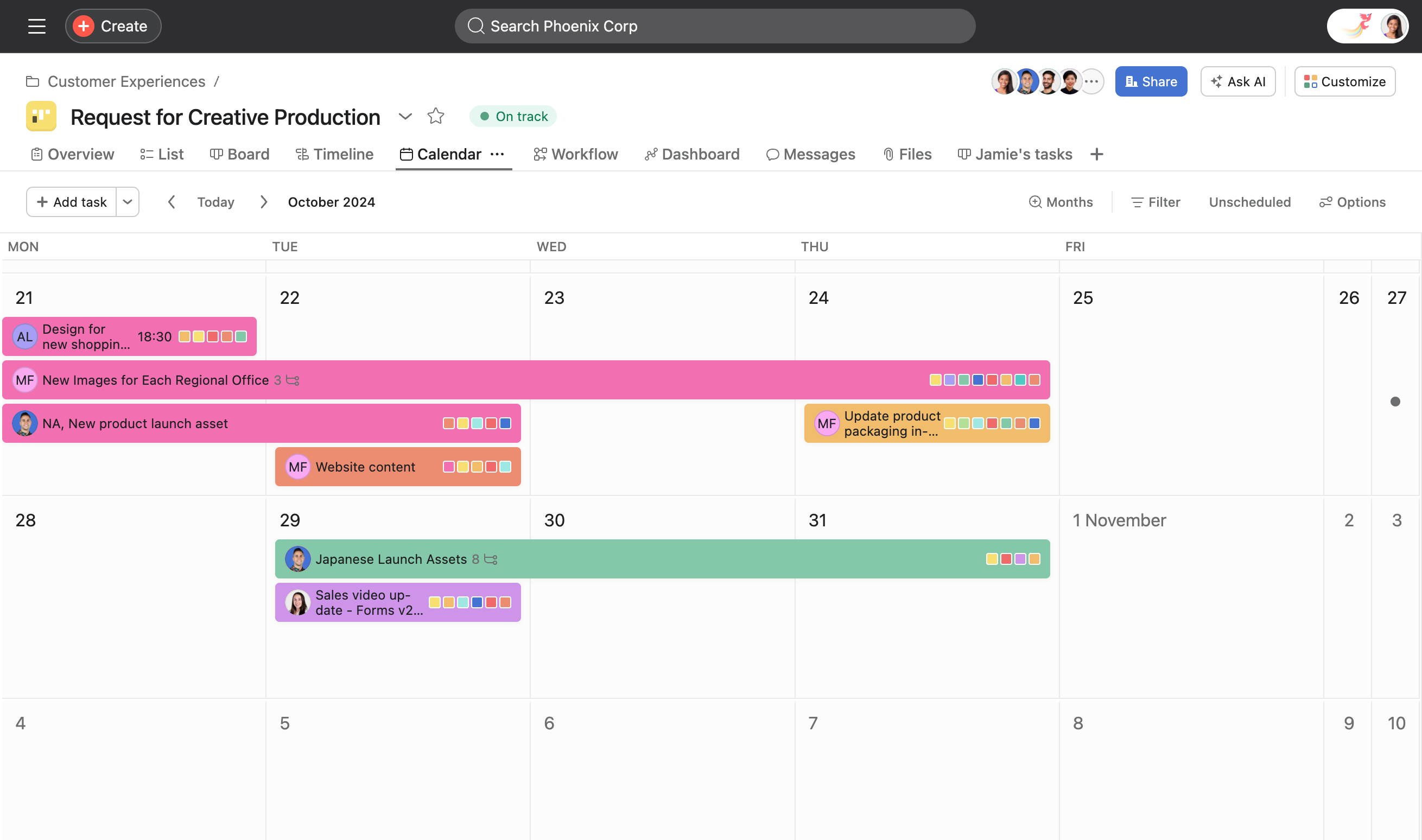
Monday.com: Highly customizable and visually appealing.
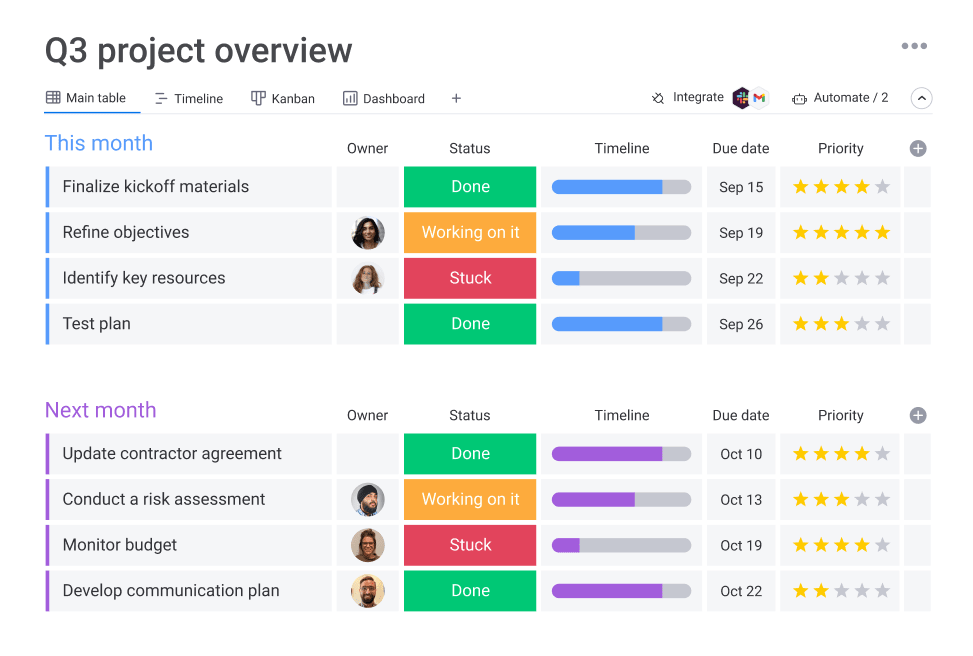
- Azure DevOps: Ideal if you’re deep into development pipelines.
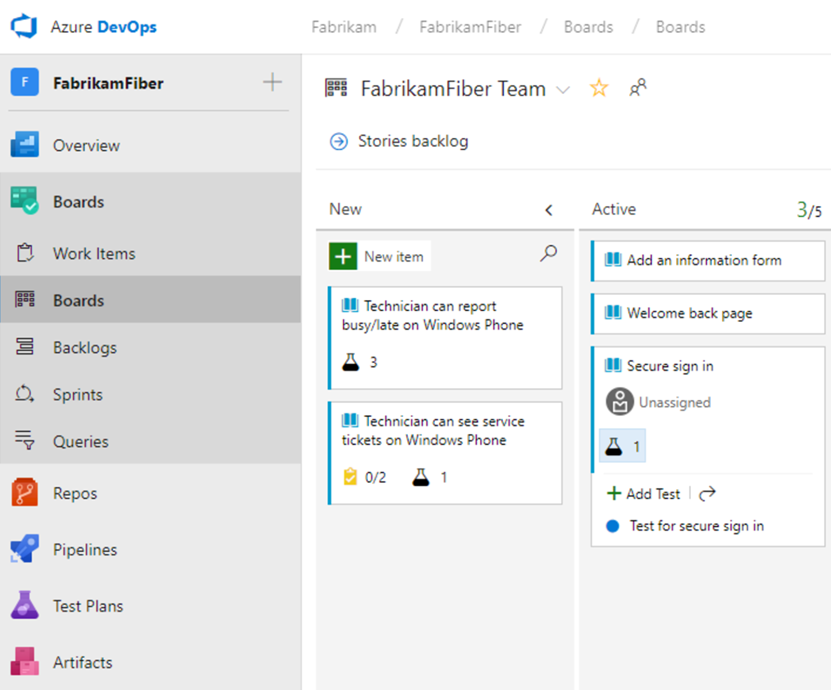
Middleware: Designed with technical teams in mind, Middleware provides actionable insights, tracks team performance, and integrates seamlessly with your existing workflow to help you continuously improve. To know more, check out: Middleware: Open-Source DORA Metrics for a Smoother Engineering Flow

Final Thoughts
Here’s the truth: Kanban is a way to bring order to the madness of project management. By visualizing workflows, limiting WIP, and continuously improving, you’ll not only get more done but also create a happier, more productive team.

So, what are you waiting for? Grab a Kanban board, rally your team, and start tackling those flaming torches with confidence. Also, experience seamless reviews and valuable retrospectives with the Middleware Jira Plugin. Gain instant insights into your software engineering productivity directly within Jira—no more waiting hours! Streamline your workflow and access all the data you need in just seconds, with our Jira plugin available on the Atlassian Marketplace.
FAQs
What is Kanban in project management?
Kanban is a workflow management method that visualizes tasks, limits work-in-progress (WIP), and optimizes task flow to enhance team productivity and efficiency.
What is the Kanban scheduling method?
The Kanban scheduling method focuses on pulling tasks through the workflow based on capacity, ensuring work is balanced and reducing bottlenecks for continuous delivery.
What is the central objective of using a Kanban board?
The central objective of a Kanban board is to improve task visibility, manage WIP, and streamline workflows for enhanced productivity and efficiency.
What is Kanban board MCQ?
Kanban board MCQ refers to multiple-choice questions about Kanban boards, often used in exams or training to test knowledge of Kanban concepts and principles.
What is a Kanban example?
An example of Kanban is a software development team using a board with columns like "Backlog," "In Progress," "Code Review," and "Completed" to visualize tasks and manage their workflow effectively.
